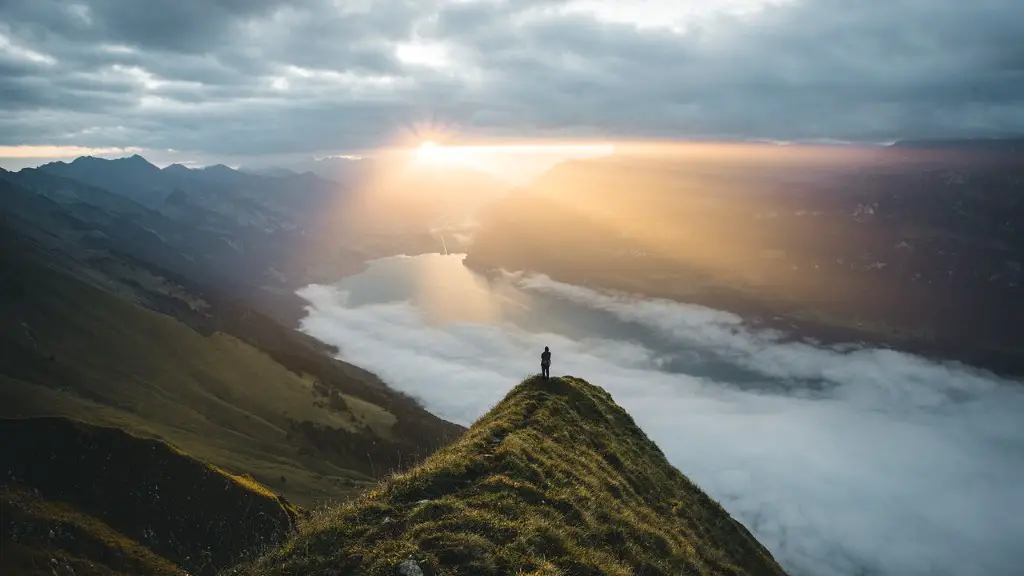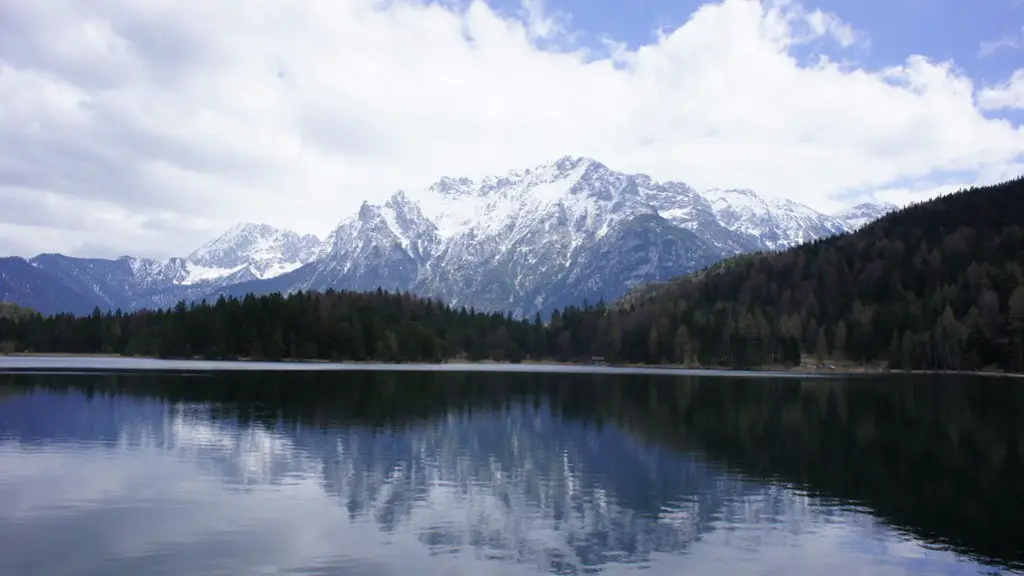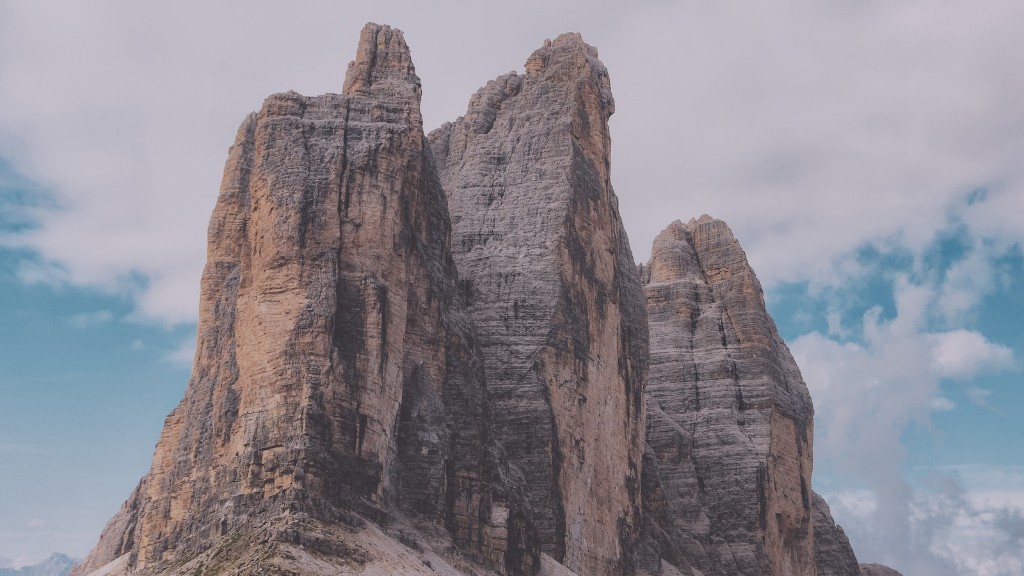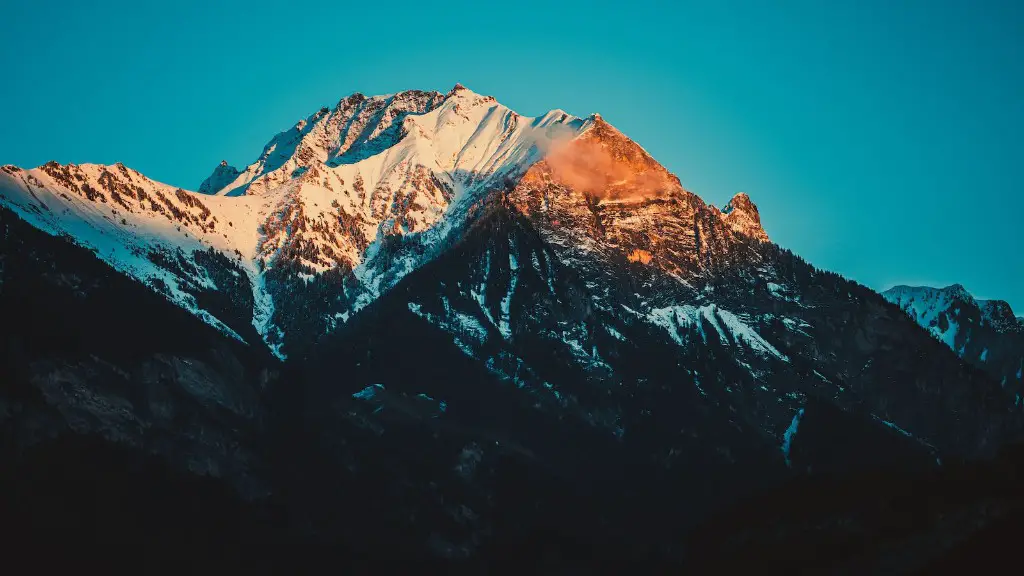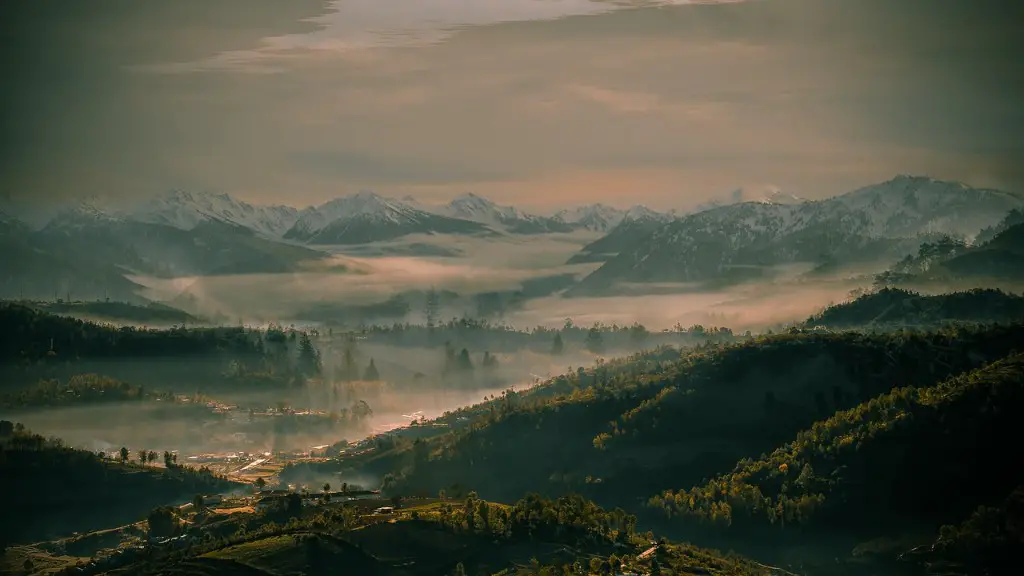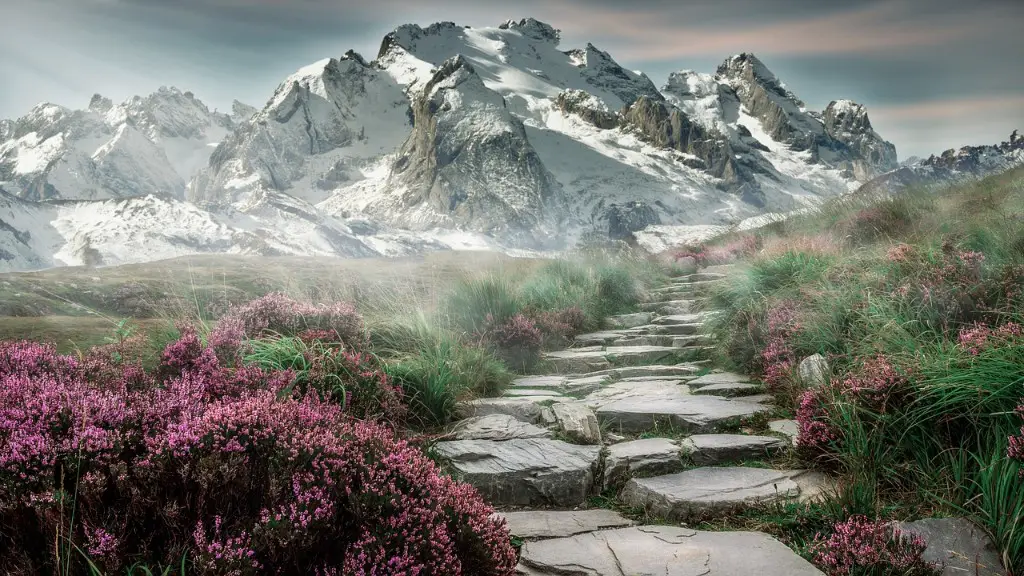In 1921, British mountaineering expedition leader George Mallory famously remarked “because it’s there” when asked why he wanted to summit Mount Everest. Climbing the world’s tallest mountain is certainly a challenge, but just how difficult is it?
Mount Everest, also known as Sagarmatha in Nepali or Chomolungma in Tibetan, stands at a breathtaking 29,029 feet (8,848 meters) above sea level. Located in the Mahalangur Himal sub-range of the Himalayas, the mountain’s summit straddles the border between Nepal and Tibet.
Since Edmund Hillary and Tenzing Norgay became the first people to stand on top of Mount Everest in 1953, over 4,000 people have summited the peak. However, the journey is not without its dangers. An altitude of 29,029 feet (8,848 meters) is well above the “Death Zone” – the altitude above which the body can no longer acclimatize and starts to shut down. In the Death Zone, various health problems can occur, such as pulmonary edema (fluid in the lungs) and cerebral edema (fluid on the brain).
Climbing Mount Everest is considered to be one of the most difficult things a person can do. It is a very high mountain, and the air is very thin at the top, so it is hard to breathe. The weather can also be very bad, with strong winds and cold temperatures.
Can a normal person climb Mount Everest?
Climbing Mount Everest is an extremely physically demanding undertaking that requires an immense amount of training and preparation. Most people who attempt to summit the mountain spend at least one year getting themselves into peak physical condition. Additionally, it is important to have significant experience climbing at high altitudes and be comfortable on AD-rated climbs before attempting to summit Everest.
You need experience, experience, experience: having attempted the Seven Summits isn’t sufficient training for this kind of mountaineering. But beyond high-altitude climbing experience, you also need good footwork, good self-management and understanding of when you might need to turn back.
Can a beginner climb Mount Everest
While reaching the summit of Mount Everest is a serious feat of physical accomplishment, beginners can trek to Everest Base Camp with (relative) ease. Of course, that doesn’t mean it’s an easy trek! If this is an expedition you’re considering, read on to find out more.
Climbers must be in good physical condition and have experience carrying a heavy pack for multiple days in order to be prepared for the strenuous situations they will encounter at high altitudes. They should be able to carry an average of 30 lbs. or more.
How cold is it at the top of Everest?
The Mt Everest top sees its coldest temperature from the Mid-December until the Late-January where the average temperature revolves around -37°C(-35°F). Similarly, the average temperature at Everest Base Camp during the winter season is around -17°C(14°F).
The Khumbu Icefall is the most dangerous part of an Everest expedition, even with the extensive systems of ropes and ladders installed each climbing season by the ice doctors. This is because the Icefall is constantly moving, and large chunks of ice can break off without warning. If a climber is in the wrong place at the wrong time, they could be seriously injured or killed.
Can you climb Everest in a day?
It takes an average of seven hours to summit Mount Everest, though this number varies depending on the individual and the conditions. Lhakpa Sherpa, who has summited the mountain more than any other woman, said that this is by far the most difficult day of the journey. Typically, climbers attempt to make it to the summit and back to Camp Four in a single day, spending as little time as possible in the “death zone” – the area above 26,000 feet where the risk of death is dramatically higher. This is a grueling day, and even with the best preparation, it is a challenge for even the most experienced climbers.
The cost of climbing Everest has been on the rise in recent years, with prices reaching as high as $160,000 in 2022. This is a significant increase from the cost of $28,000 to $120,000 just five years ago. While the cost may be prohibitive for some, for others the challenge and experience of a lifetime is worth the price tag.
Who was to blame for 1996 Everest disaster
Krakauer blamed the inexperienced climbers and the guides who agreed to lead them–in return for large sums of money–for the tragedy. He argued that the guides should have known better than to put the climbers in such a dangerous situation, and that the climbers should have been more prepared for the conditions they would face on the mountain.
There are two routes to scaling the world’s tallest peak, Everest. One is from the Everest North side in Tibet, and the other is from the Everest South side in Nepal. The Chinese authorities impose an age limit of 18-60 for climbers in Tibet, while in Nepal, climbers must be a minimum of 16 years old with no upper age limit.
How much weight do you carry on Everest?
The new study reveals just how hardcore the porters are. On average, the men carried nearly 90 percent of their body weight. A quarter of them carried more than 125 percent of their own weight. This is an incredible feat and shows just how strong these men are.
The “death zone” is the area on Mount Everest above 8,000 meters (26,247 feet). Climbers must prepare their bodies for the higher altitude by spending several weeks climbing the mountain before they attempt to reach the summit. They stop to rest every few thousand feet along the way. The death zone is so named because it is very difficult to survive for any length of time in this environment. The air is so thin that it is difficult to breathe, and the cold temperatures can quickly lead to frostbite or hypothermia.
How much weight do you lose on Everest
One study found that Everest climbers generally lose between ten and 20 pounds. This weight loss can negatively impact their health and performance. To offset this, it is important for climbers to eat simple, nutritious foods that are easy to carry. Expedition companies typically recommend high-protein foods like nuts and seeds, as well as dried fruits and vegetables.
Everest base camp is a popular destination for trekkers and climbers, and lodges are the accommodations of choice along the route. Most lodges are family-run businesses, and the Sherpa family is typically the owner. The lodges are typically multi-story with dozens of rooms, and they offer basic amenities and meals. While the accommodations are simple, they are clean and comfortable.
How do Everest climbers sleep?
Most climbers opt to sleep in the open air when the weather is nice, as there is no need for an enclosed shelter. All that is needed is a lightweight sleeping pad and sleeping bag for comfort and warmth. This is the same gear that most campers use when sleeping in a tent.
Everest Base Camp is one of the most popular adventure treks in the world. Our award winning team has been granted permits to sleep in Everest Base Camp even though, traditionally, only teams with expedition permits have been allowed to sleep there. Sleeping at Everest Base Camp is an once in a lifetime experience.
What is the warmest it gets on Mount Everest
The warmest months on the summit of Mount Everest are typically July and August, when average nighttime temperatures hover around -2°F-0°F (-16°C to -18°C). During the day, temperatures may rise a few degrees above this, but is still generally quite cool. The warmest temperature ever recorded on the summit is thought to be in the 10-15°F (-10°C to -12°C) range on still, sunny days. However, this is still a very cold environment and proper precautions should be taken to avoid frostbite and other cold weather injuries.
Everest is the tallest mountain in the world and has some of the harshest conditions. The coldest temperature ever recorded on the summit was -41ºC (-42F) and the warmest was -16ºC (3F). The highest windspeed ever recorded on Everest was 175mph+ (which is equivalent to a Category 5 hurricane). In fact, Everest’s summit is the windiest location on Earth. One of the unique features of Everest are the banner clouds that form there. These clouds are only found on Everest and the Matterhorn.
Warp Up
I cannot answer that question definitively as I have not climbed Mount Everest myself. I imagine it is quite difficult, otherwise many more people would have done it already. I would guess that it requires a great deal of physical and mental strength, and that the conditions on the mountain are extreme.
Climbing Mount Everest is one of the most difficult things that a person can do. It requires a lot of strength, endurance, and willpower. The conditions on the mountain are also very harsh, with high winds and cold temperatures. There are also a lot of technical challenges, such as navigating the crevasses and Icefall. So, overall, it is definitely not an easy feat to climb Mount Everest.
